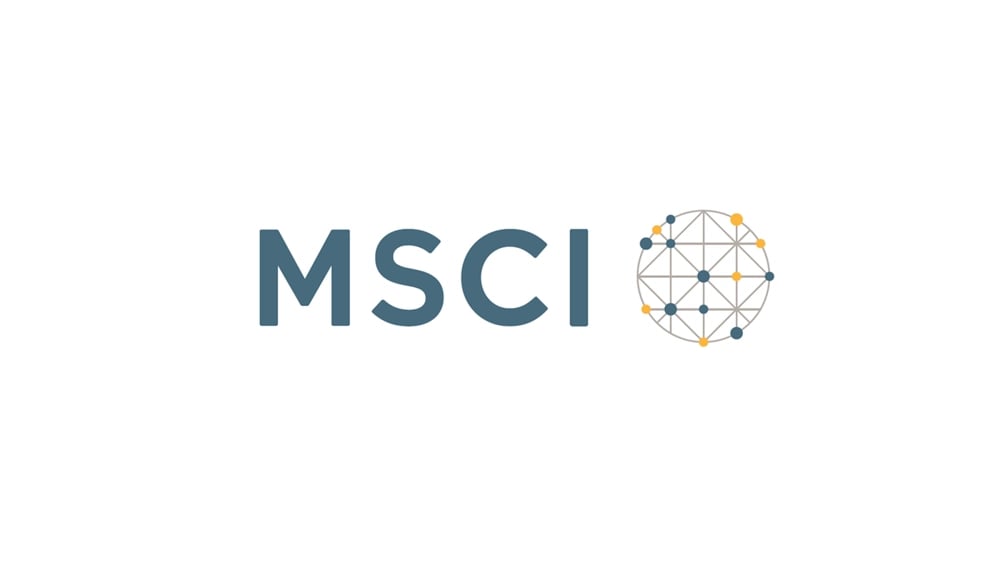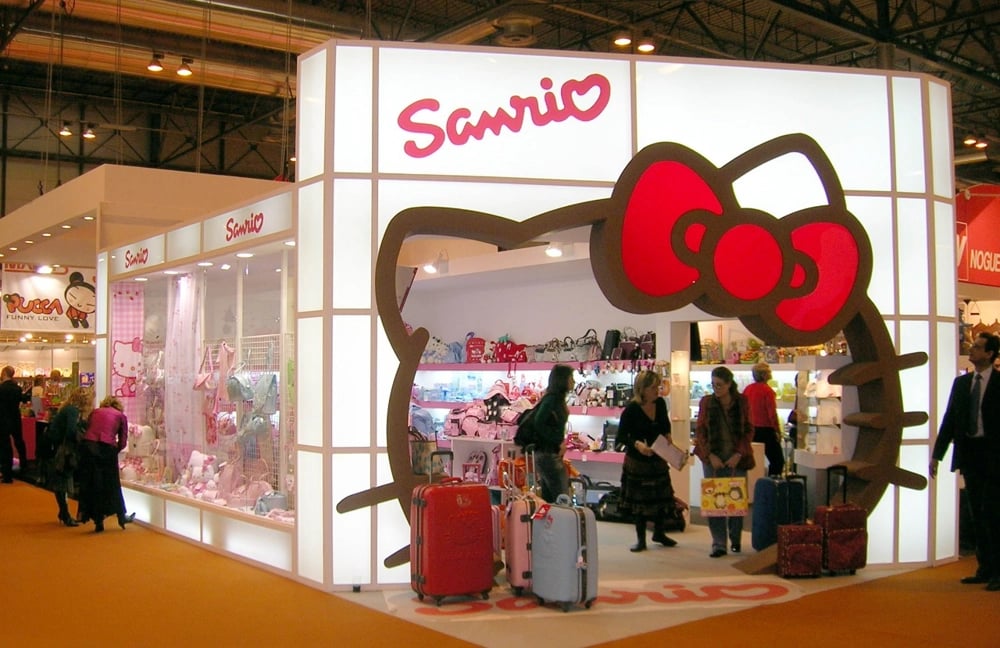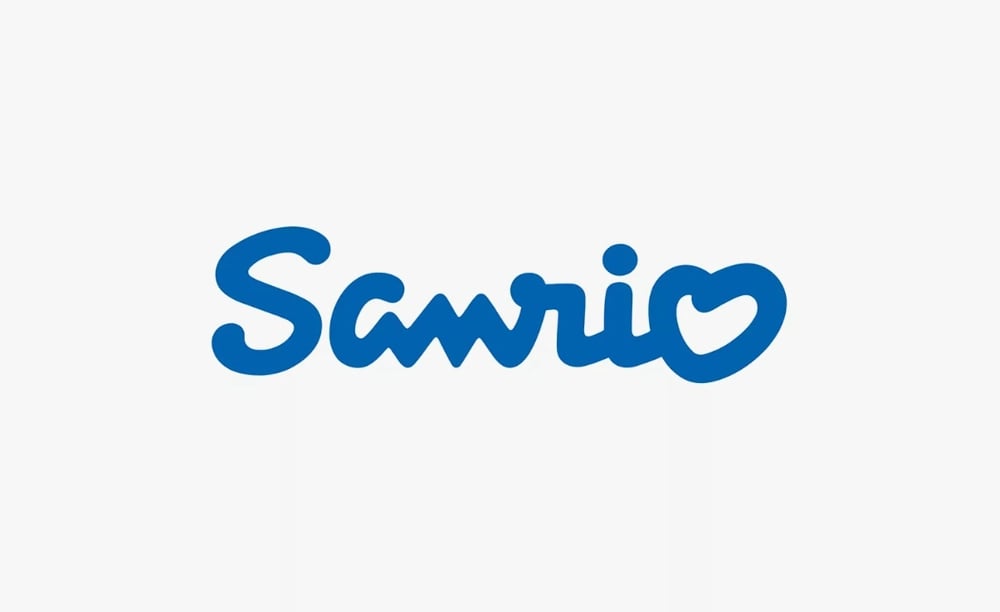Sanrio Outpaces Toyota on Tokyo Exchange as MSCI Inclusion Drives Record Turnover
In an unexpected shift on the Tokyo Stock Exchange, Sanrio Co. $8136.T, the owner of Hello Kitty, surpassed Japan’s automotive giant Toyota Motor Corp. $7203.T in trading turnover for the month of May. The development reflects shifting investor sentiment, driven by index dynamics and growing risk differentiation in global equities.
MSCI Inclusion Sparks Liquidity Surge
Sanrio's recent inclusion in the MSCI Index served as a critical catalyst for institutional interest. Passive and active funds tracking MSCI benchmarks adjusted portfolios, driving volumes sharply higher. As a result, Sanrio posted a trading turnover of ¥2.1 trillion ($14.6 billion) — a historical record for the company and a significant leap from its April figures.
The MSCI inclusion triggered automatic portfolio rebalancing by global asset managers, amplifying liquidity and elevating the stock's visibility among international investors. This structural tailwind coincided with a broader market appetite for mid-cap names offering niche brand value and perceived defensive traits.

Toyota’s Decline Reflects Rotational Pressure
Toyota's turnover fell to ¥1.7 trillion, down from ¥2.2 trillion the previous month. While the automaker remains a heavyweight in both valuation and industrial clout, the relative drop reflects rotation away from export-sensitive sectors amid geopolitical uncertainty. With tariffs and regional trade tensions resurfacing as investment risks, global funds are recalibrating exposure to companies more vulnerable to macroeconomic headwinds.
In contrast, Sanrio's IP-driven business model and domestic revenue base provide insulation from such variables, offering an attractive diversification angle for capital inflows.
Five Key Factors Behind Sanrio’s Turnover Surge
MSCI Index Effect. Inclusion prompted passive fund inflows and algorithmic trading spikes, increasing volume exponentially.
Market Rotation to Resilience. Amid rising geopolitical and tariff risks, investors are favoring companies with localized operations and lower macro exposure.
IP-Based Business Model. Sanrio’s revenue, anchored in licensing and merchandising, is less sensitive to supply chain volatility than manufacturing-heavy peers.
Retail and Institutional Demand. The dual appeal of Sanrio’s global brand recognition and defensive financial profile attracted both domestic and foreign investors.
Falling Turnover at Industry Giants. Declines at names like Toyota reflect temporary de-risking and a tactical shift in capital allocation across sectors.

Structural Repricing or Temporary Rebalancing?
Whether Sanrio's turnover spike signals a lasting revaluation or merely reflects short-term index dynamics remains open to interpretation. However, the scale and speed of the capital rotation underscore how index composition, investor psychology, and macro risk are reshaping capital flows — even in traditionally conservative markets like Japan.
For Toyota, the reduction in turnover is unlikely to signify structural weakness. Yet it highlights the evolving complexity of maintaining investor engagement amid intensifying global trade dynamics. For Sanrio, the current spotlight presents a rare confluence of brand equity, capital momentum, and macro insulation.















Comments